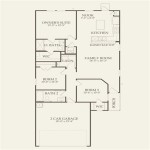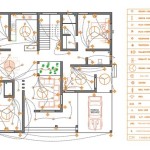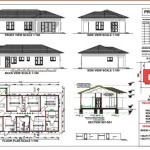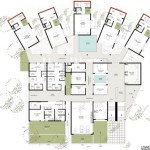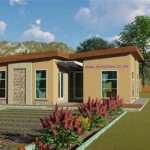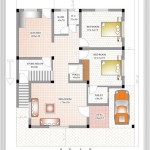Essential Aspects of 3 Bedroom House Plans
Planning the construction of a three-bedroom house requires meticulous attention to detail to ensure both functionality and aesthetic appeal. From spatial arrangements to design choices, every aspect plays a crucial role in creating a comfortable and stylish living space. This comprehensive guide will delve into the essential considerations for 3 bedroom house plans, providing valuable insights for homeowners and architects alike.
1. Space Planning and Layout
The layout of a 3 bedroom house should prioritize flow and functionality. Common areas like the living room, dining room, and kitchen should be seamlessly connected, allowing for easy movement and interaction. The bedrooms should be positioned for privacy and tranquility, with ample space for furniture and storage.
2. Bedroom Design
Each bedroom in a 3 bedroom house serves a unique purpose. The master bedroom should be the largest, featuring a private bathroom and walk-in closet. The two secondary bedrooms should be of equal size and offer ample space for younger children or guests. Natural light is essential in all bedrooms, with large windows or skylights to create an airy and bright atmosphere.
3. Kitchen and Dining Area
The kitchen is the heart of the home, and its design should accommodate both cooking and socializing. A well-equipped kitchen with ample counter space, storage solutions, and modern appliances enhances cooking efficiency and meal preparation. The adjacent dining area should be spacious enough to accommodate a dining table and chairs for family gatherings and entertaining guests.
4. Living Room Design
The living room is a central gathering space, designed for relaxation and entertainment. The size and shape of the room should allow for comfortable seating arrangements. A fireplace or bay window can add warmth and character to the space. Natural light is vital, and large windows or sliding doors can create a seamless connection to the outdoor areas.
5. Common Bathroom Design
The common bathroom in a 3 bedroom house should be both functional and stylish. A well-designed layout with a separate shower and bathtub provides convenience for multiple users. Storage solutions like vanities and medicine cabinets help keep the space organized and clutter-free. Good ventilation and natural light are essential for a fresh and inviting atmosphere.
6. Outdoor Living Spaces
Outdoor living spaces extend the functionality of a 3 bedroom house. A patio, deck, or balcony provides additional space for entertaining, relaxation, or enjoying the outdoors. The design of these spaces should complement the architectural style of the house and offer privacy from neighboring homes.
7. Energy Efficiency and Sustainability
In today's environmentally conscious era, energy efficiency should be a key consideration in 3 bedroom house plans. Features like energy-efficient appliances, insulation, and double-glazed windows can reduce energy consumption and lower utility bills. Using eco-friendly materials and incorporating sustainable design principles can contribute to a greener and healthier indoor environment.
Conclusion
Designing a 3 bedroom house plan requires careful consideration of various aspects to create a space that is both functional and aesthetically pleasing. From thoughtful space planning to stylish design choices, every element plays a vital role in ensuring a comfortable and enjoyable living experience. By paying attention to these essential considerations, homeowners and architects can create a dream home that meets their needs and aspirations.

Single Y 3 Bedroom House Plan Pinoy Eplans Bungalow Floor Plans One

3 Bedroom Contemporary Home Design Pinoy House Designs Plans Bungalow Floor

Simple 3 Room House Plan Pictures 4 Nethouseplans Building Plans Designs With Bungalow Floor

3 Bedroom House Plans Design With Modern Look For All Budget

Kerala Style Three Bedroom Low Budget House Plans Under 1300 Sq Ft I Total 4 Small Hub

Simple Three Bedroom House Plans To Construct On A Low Budget Co Ke
3 Bedroom House Plans Three Design Bhk Plan Civiconcepts

3 Bedroom House Design 2024 Beautiful Plans Modern Bungalow Plan Gallery

Tx171 Simple 3 Bedroom House Plan With Pictures Plandeluxe

3 Bedroom House Plans Design Modern 3bhk Plan N Designs
Related Posts

